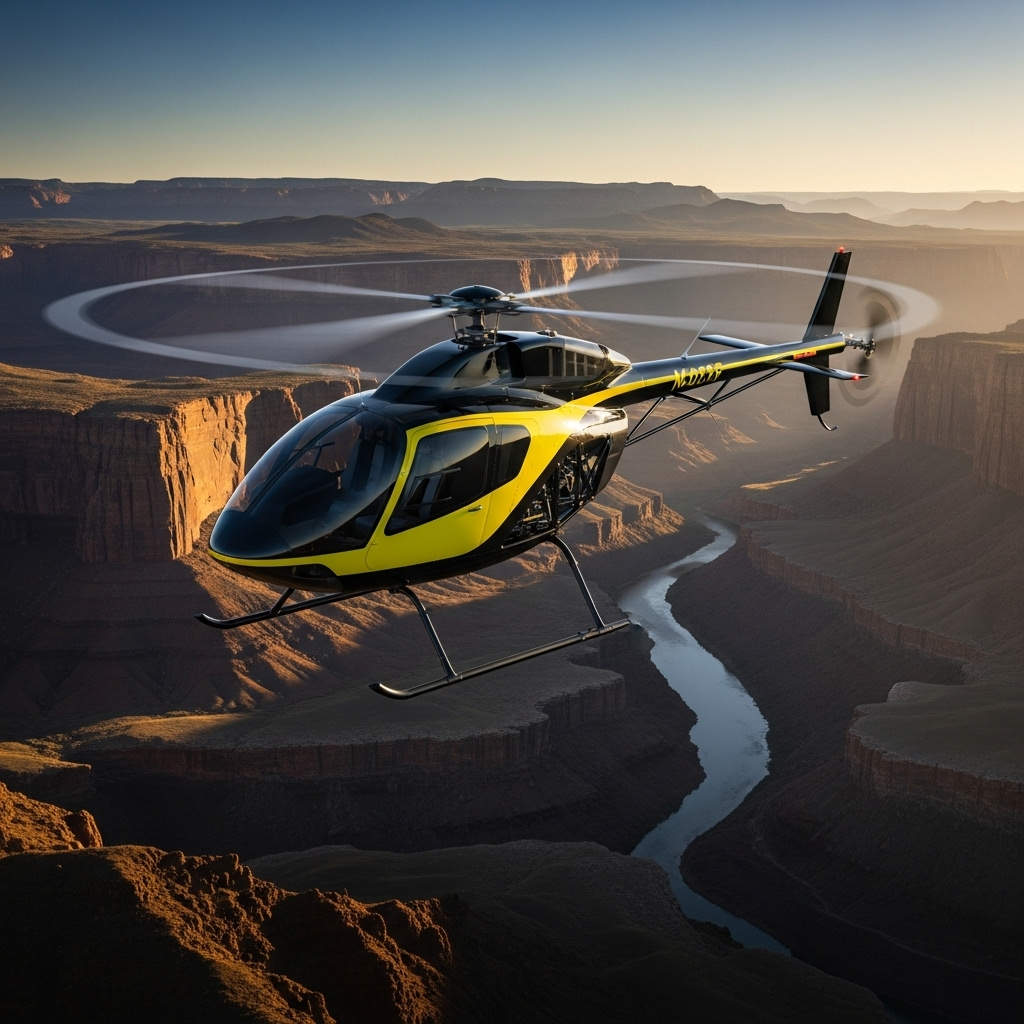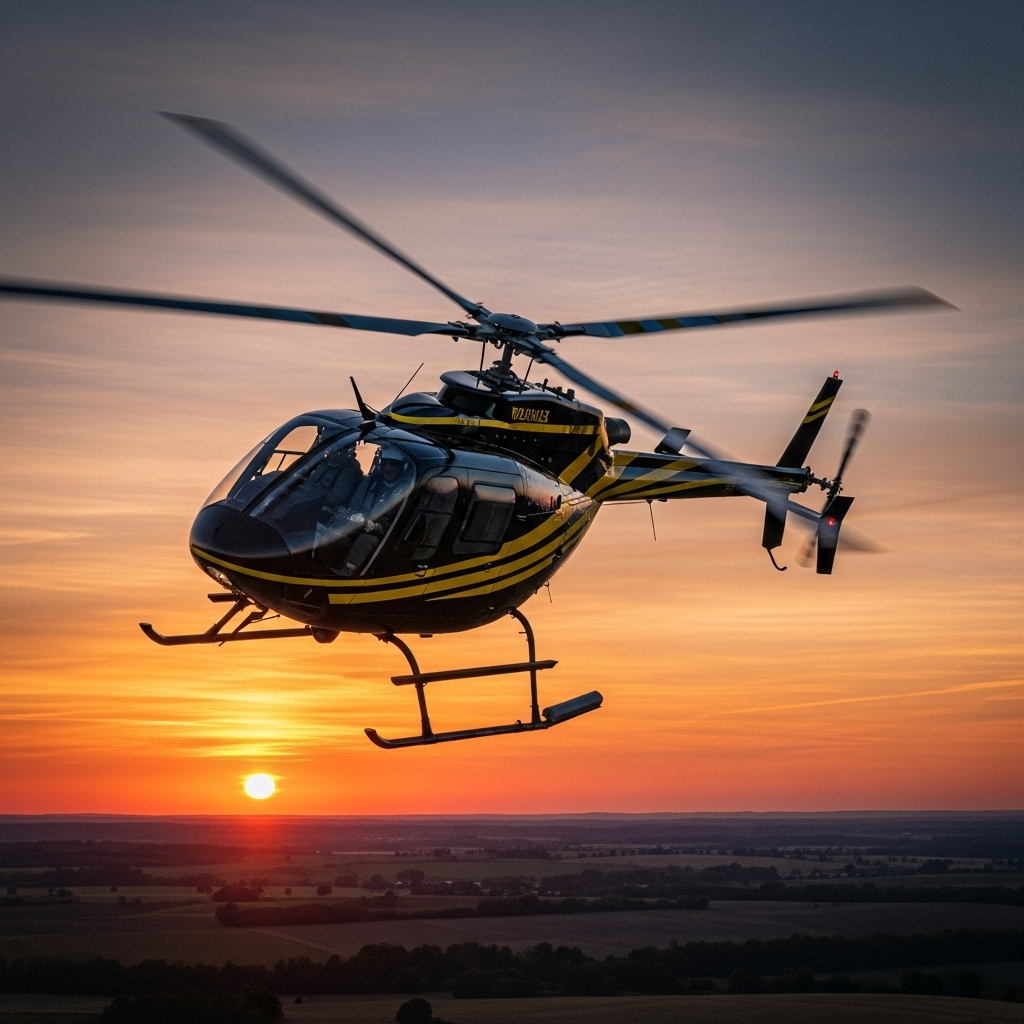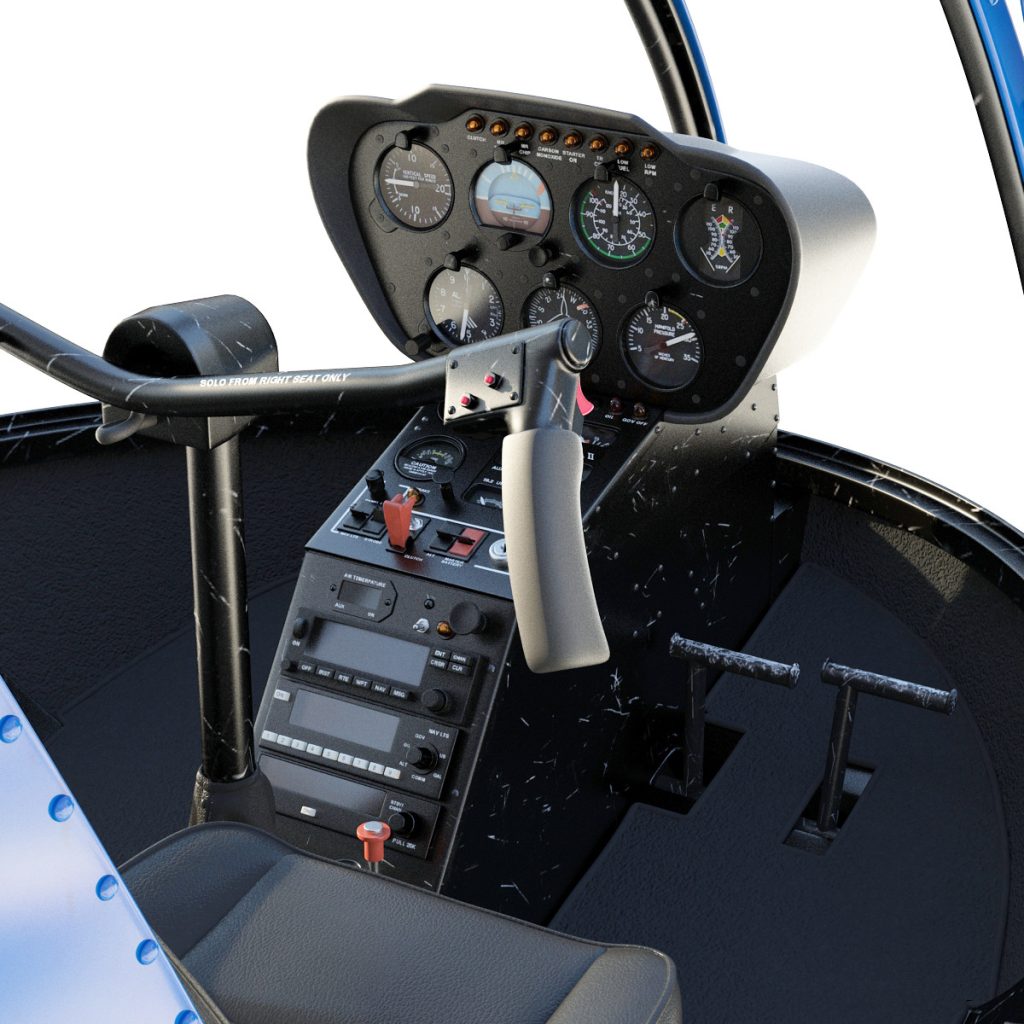Electric helicopters represent a transformative shift in rotorcraft technology, promising to redefine the landscape of aviation with cleaner, quieter, and more efficient flight options. Rooted in advancements in battery technology, electric motors, and lightweight materials, these innovative aircraft aim to overcome the limitations of traditional combustion engines. As the industry explores sustainable alternatives, electric helicopters are gaining attention for their potential to enhance urban mobility, reduce environmental impact, and improve operational costs. This emerging sector combines cutting-edge engineering with forward-looking visions of a more sustainable and versatile rotorcraft future.
Introduction to Electric Helicopters and Their Technological Foundations
Electric helicopters are rotorcraft powered predominantly by electric motors, utilizing rechargeable batteries or alternative energy sources to generate lift and propulsion. The core technological foundations of these aircraft involve high-capacity lithium-ion or emerging solid-state batteries, advanced electric motor designs that deliver high torque at low speeds, and sophisticated power management systems. Lightweight materials such as composites further contribute to reducing overall weight, thereby increasing flight efficiency. These technological elements work together to create a compact, efficient, and environmentally friendly alternative to traditional helicopters, enabling vertical takeoff and landing capabilities with significantly reduced emissions and noise levels.
Key Advantages and Challenges of Electric Rotorcraft Systems
The adoption of electric rotorcraft offers numerous advantages, including quieter operation, lower greenhouse gas emissions, reduced maintenance requirements due to fewer moving parts, and the potential for increased energy efficiency. Additionally, electric helicopters can facilitate urban air mobility solutions, making city transportation more accessible and less disruptive. However, significant challenges remain, notably the limited range and endurance dictated by current battery energy densities, which restrict mission duration and operational scope. Charging infrastructure, weight limitations of batteries, and the need for rapid recharging or battery swapping are also hurdles that must be addressed to enable widespread adoption. Balancing these benefits and challenges is critical as the industry advances toward more practical and reliable electric rotorcraft.
Current Developments and Leading Innovations in Electric Helicopter Design
Recent developments in electric helicopter design showcase a range of innovative projects and prototypes that push the boundaries of current technology. Companies like Airbus with their CityAirbus and Vahana projects, along with startups such as Joby Aviation and Pipistrel, are developing electric vertical takeoff and landing (eVTOL) aircraft aimed at urban air mobility and regional transportation. These designs incorporate distributed electric propulsion systems, advanced battery packs, and autonomous flight capabilities. Notably, improvements in battery energy density, electric motor efficiency, and lightweight materials have significantly enhanced flight endurance and payload capacity. Moreover, some prototypes are exploring hybrid-electric configurations to extend range while maintaining the advantages of electric propulsion, indicating a versatile approach to overcoming current limitations.
Future Outlook and Potential Impact on the Aviation Industry
Looking ahead, electric helicopters are poised to influence the broader aviation industry profoundly, fostering a transition toward more sustainable and flexible transportation solutions. As battery technology continues to improve and regulatory frameworks evolve, electric rotorcraft could become commonplace for short-haul flights, emergency services, and urban transit. The potential for reduced operational costs, lower environmental impact, and quieter operation positions electric helicopters as a key component in future mobility ecosystems. Additionally, advancements in autonomous flight technology could further enhance safety and efficiency. While challenges such as range limitations and infrastructure development remain, ongoing innovations and increasing investments suggest a promising trajectory that could reshape rotorcraft operations and contribute significantly to greener, smarter air travel.
Electric helicopters stand at the cusp of revolutionizing rotorcraft technology, blending sustainability with innovation. As advancements continue to address current limitations, these next-generation aircraft are likely to play a vital role in shaping the future of aviation, offering cleaner, quieter, and more efficient ways to navigate the skies. The ongoing evolution of electric rotorcraft heralds an exciting era of increased mobility options and environmental stewardship in the aerospace industry.


